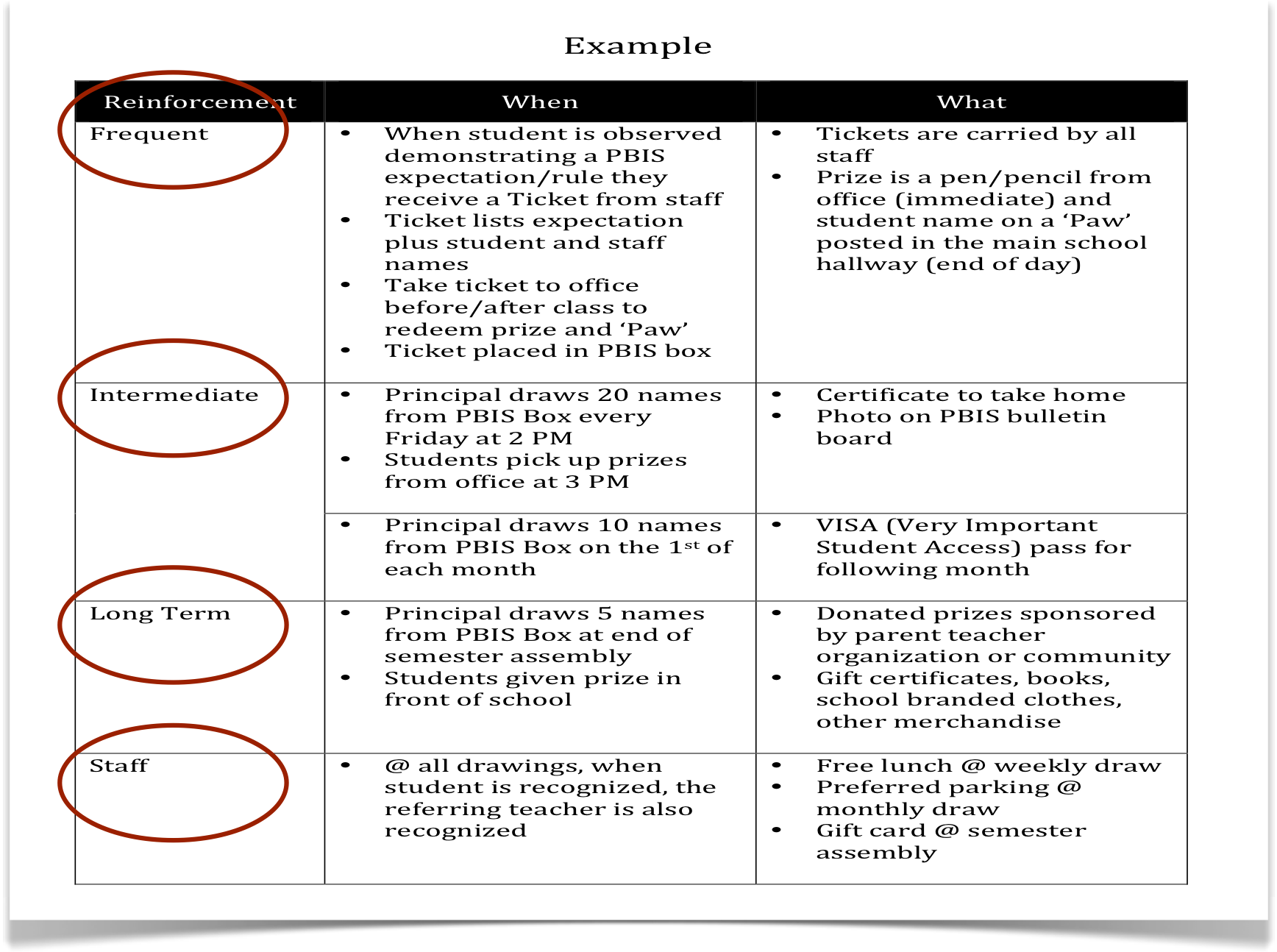Ditch the Clip for a 4-Part Reinforcement System
Clip Charts Don’t Work
Illustration by Caitlin-Marie Miner Ong
Using "clip charts" in the classroom for behavior management, although popular with some teachers, can be detrimental to the relationships between teachers and students. Clip charts primarily highlight what students are doing wrong rather than reinforcing positive behaviors. This constant emphasis on negative behavior can create a negative atmosphere in the classroom, fostering feelings of shame and inadequacy among students. Publicly displaying a student's behavior on a clip chart can also shame students in front of their peers. This can be emotionally damaging and counterproductive to fostering a supportive and nurturing learning environment. Students may become more focused on avoiding public embarrassment than on understanding and improving their behavior. Additionally, clip charts often fail to effectively teach students the classroom expectations or norms. Instead of understanding why certain behaviors are inappropriate, students may simply aim to avoid getting their clip moved down without understanding the underlying reasons behind the rules. Building positive relationships between teachers and students is crucial for a more conducive learning environment but clip charts, by their nature, can strain relationships as they create an adversarial dynamic where teachers are seen as enforcers of punishment rather than as supportive mentors. Finally, while clip charts may temporarily modify behavior through fear of punishment, they fail to address the root causes of behavioral issues. Consequently, the behavior may resurface once the fear of punishment diminishes, leading to a cycle of ineffective discipline. (Written in collaboration with ChatGPT).
Additional Resources
Why Classroom Clip Charts Do More Harm Than Good is an easy to read article with more insight on this topic.
Your Clip Chart Is Ruining Your Classroom Culture. Association for Supervision and Curriculum Development. 2023.
Shaming school children: A violation of fundamental rights. Theory and Research in Education. 2019.
Student Perceptions of the Clip Chart Management System. University of the Pacific. 2019.
The following is an excerpt from the PBIS Tier 1 Manual, Reinforcement System chapter
Reinforcement = Relationships + Rapport
It is never a prize or punishment that ‘makes students behave’. It is always the interaction and acknowledgment from a caring adult that reinforces and maintains positive social behaviors. By reinforcing students we build relationships and rapport that we can rely on when there are difficult conversations or when we need to hold students accountable for their actions.
Four Part Reinforcement System
Many people equate reinforcement tickets with PBIS. But that is only one part of the practices that make this system effective. Tickets are not effective in isolation! What makes PBIS so effective is implementing a complete system.
1. Frequent Reinforcement
Something tangible (usually a ticket or coupon) given to students immediately upon demonstrating a specific skill from your Expectation Matrix.
2. Intermediate Reinforcement
A weekly or monthly drawing/raffle from frequent tickets for an item, activity or privilege that is reinforcing to students. We encourage schools to create a Reinforcement Menu of several items that students can choose from.
3. Long Term Reinforcement
A quarterly or semester drawing/raffle from frequent tickets for an item, activity or privilege that is reinforcing to students.
4. Staff Reinforcement
When students tickets are drawn, the staff who reinforced the student should be recognized - verbally or with an item, activity or privilege that is reinforcing to staff.
KOI Education does not recommend prizes or a costly school store. See pro and cons of a prize-based system in the Reinforcement System chapter of our PBIS Tier 1 Manual.
Download Reinforcement Matrix Template (Google Doc) (DOC)
Frequent Reinforcement Ticket
The most common reinforcement acknowledgment is a ticket or coupon. Electronic reinforcement systems (pros and cons) are addressed in the next section of the Reinforcement chapter. The same reinforcement system should apply whether schools use paper or electronic reinforcement.
Students should receive a ticket and verbal reinforcement from staff when they demonstrate one of the skills or rules on a school’s Expectation Matrix. The reinforcement ticket can then be used to access intermediate and long term reinforcement opportunities.
3-Second/3-Step Reinforcement System
These three steps seem simple but require practice. Give staff ample time to practice using these words and phrases. Use this system every time you reinforce a student for a school-wide expectation whether using a physical or digital ticket. The ticket or digital point reminds the adult to build relationships and rapport with their student.
State the Expectation:
“Thank you for being Respectful...”
State the Skill:
“...by raising your hand and waiting to be called on.”
Give the Ticket!
Key Take Away…
While clip charts may offer a seemingly simple solution for behavior management, they ultimately harm relationships with students, focus excessively on negative behavior, shame students for their shortcomings, and do little to actually teach students the desired behaviors. Instead, educators should seek more positive and proactive approaches to behavior management that prioritize relationship-building, positive reinforcement, and teaching of appropriate behaviors. The 4-Part Reinforcement Matrix described above does just that.
Get more tips from our book, available here with links to Amazon and AppleBooks.




